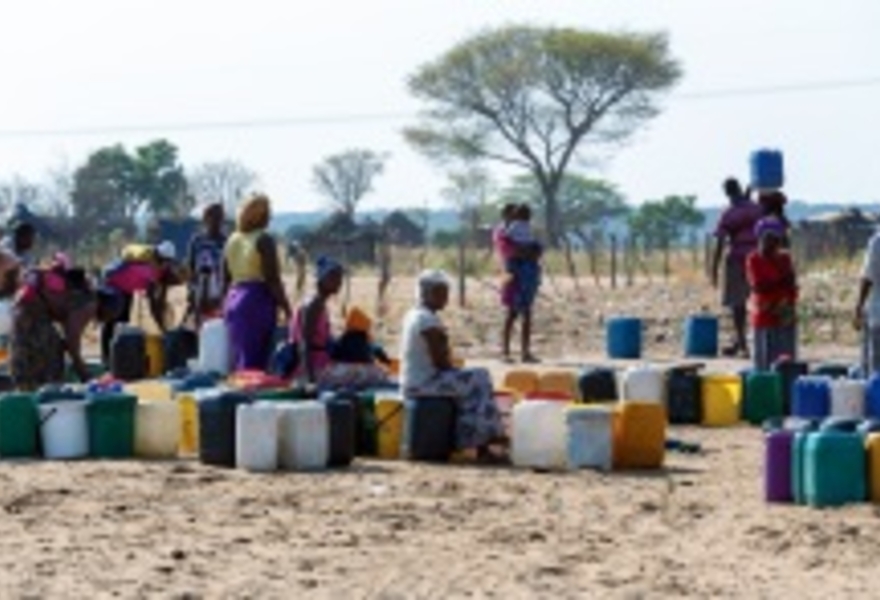MCC researchers explored the drivers of access to basic infrastructure services. Economic development plays a key role, but there are outliers—positive and negative ones.
Access to infrastructure services such as water, sanitation, electricity and telecommunication is essential to the achievement of the Sustainable Development Goals (SDGs) of the United Nations. Scientists at the Mercator Research Institute on Global Commons and Climate Change (MCC) for the first time examined the drivers of infrastructure access at a global scale. Their study includes 194 countries in the period between 1990 and 2010, making it the most comprehensive of its kind.
According to their analyses, richer countries—meaning those with higher per capita GDP—have in general a better infrastructure than poorer ones. However, the researchers also discovered some unexpected outliers: There are poor countries that manage to provide a good access to basic infrastructure services despite their relatively weak economic condition. These include the former Soviet republics of Uzbekistan, Kyrgyzstan and Tajikistan. Compared to their low per capita economic strength they have above average sanitation. Moreover, China and Vietnam perform relatively well in terms of electricity.
However, there are also outliers in the other direction. “Negative examples are mostly found in South America and sub-Saharan Africa,” says lead author Jan Steckel, head of the MCC working group Climate Change and Development. “In the considered period, Brazil, for example, had a below average access to electricity, Bolivia and Paraguay were rather poor in sanitation.” Comparing the different regions, African countries come off the worst in terms of infrastructure access. Here, the urban-rural divide is especially large.

Positive and negative outliers for different infrastructure services (Source: MCC)
Steckel published the article “Access to infrastructure services: Global trends and drivers” together with MCC colleague Michael Jakob and Narashima D. Rao from the International Institute for Applied Systems Analysis (IIASA) in the journal “Utilities Policy”.







